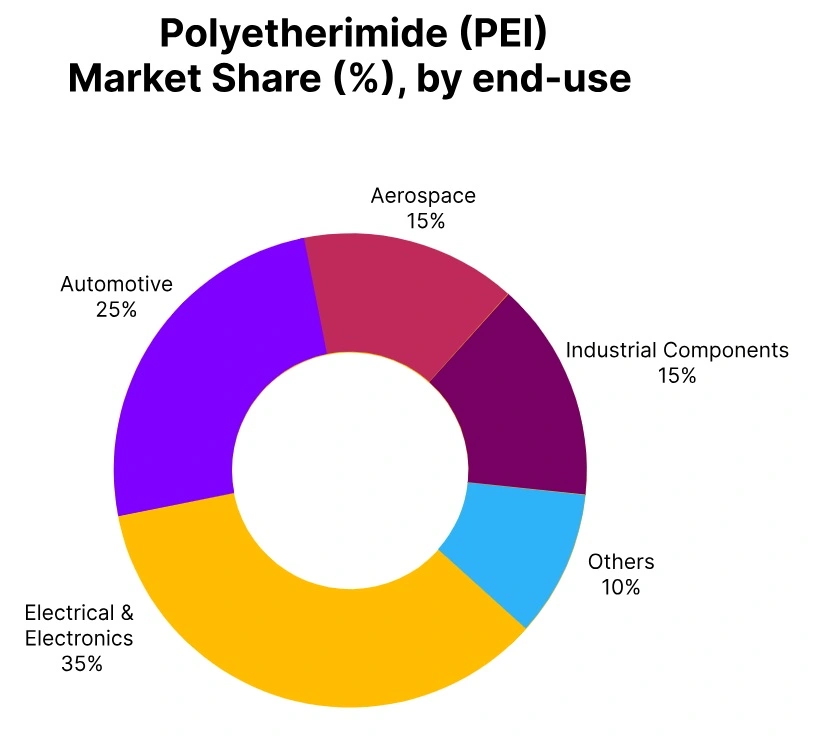Price-Watch’s most active coverage of Polyetherimide (PEI) price assessment:
- Unreinforced amorphous (MFR:9) Ex-Mumbai, India
Polyetherimide (PEI) Price Trend Q3 2025
Polyetherimide (PEI) Domestically traded prices Ex-Mumbai, India, Grade- Unreinforced amorphous (MFR:9).
According to Price-Watch, During the third quarter of 2025, Polyetherimide (PEI) prices in India have been declining. The prices hovered between USD 23,940-24,000 per MT on average, indicating a 4.07% decrease compared to the Q2. The Polyetherimide (PEI) price trend in India has been easing a bit due to the weak demand and good supply situation. Moreover, the prices of feedstocks for intermediates of Polyetherimide (PEI) have been stable and thus, giving limited support to the overall prices.
Producers in the domestic market have been running their plants at a steady rate, and the inventory level has been sufficient throughout the quarter. Buying activities have been kept at a low level as buyers have been getting used to the steady availability and very slight changes in price.
In September 2025, Polyetherimide (PEI) prices in India have been holding firm, supported by steady demand and unchanged production costs. The Indian Polyetherimide (PEI) price trend has been soft, showing a slight decrease which is mostly due to the balanced market and moderate market sentiment.

